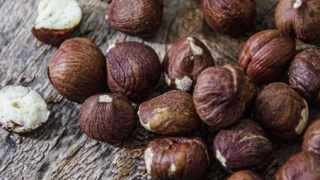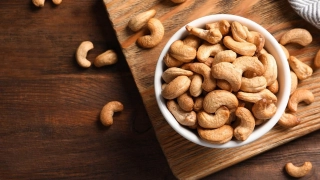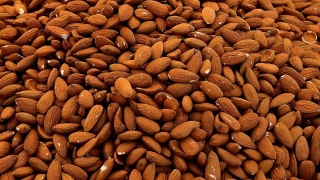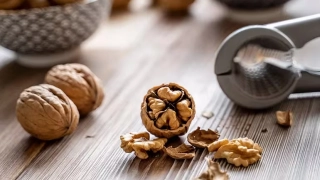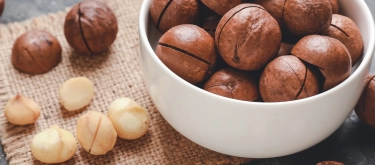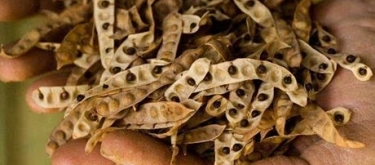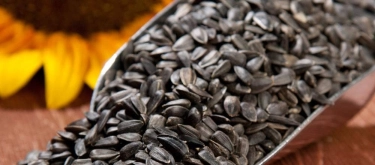Pistachio: Taste Profile, Aroma, Benefits and Health Risks
Pistachio (Pistacia vera) is one of the world’s oldest cultivated nuts, native to Central Asia and the Middle East. Known for its vibrant green kernels and unique flavor, it is prized in both sweet and savory cuisines. From baklava to gelato, pistachio has become an iconic ingredient symbolizing refinement and indulgence.
Pistachios may cause allergic reactions similar to other tree nuts. People with nut allergies should avoid them. High in calories and fat, they should be consumed in moderation, especially for those with metabolic disorders.
What does Pistachio taste like?
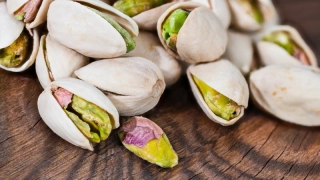
Complete Sensory Description
-
Taste: Pistachios deliver a mild, buttery sweetness combined with a delicate nutty flavor. Roasted pistachios reveal deeper notes of caramel, toast, and a faint earthy bitterness that balances the sweetness.
-
Aroma: Fresh pistachios smell subtly grassy and creamy, while roasted ones develop warm, nutty tones with hints of bread crust and honey.
-
Texture: The kernels are firm yet tender, breaking into a creamy paste when chewed. Ground pistachios have a soft, almost velvety feel that coats the mouth.
-
Appearance: Pistachios are small, oval kernels with a distinctive green interior, often covered by a beige shell that splits naturally as the nut ripens.
In-depth Flavor Analysis
The flavor of pistachio is defined by a combination of fatty acids, aromatic compounds, and pigments:
-
Key Flavor Compounds:
-
Pyrazines and aldehydes formed during roasting give roasted pistachios their nutty, toasted character.
-
Terpenes such as limonene and α-pinene provide subtle citrusy and pine-like top notes.
-
Carotenoids (lutein, zeaxanthin) not only color the nut green but also contribute a faint vegetal taste.
-
-
Fat and Protein Matrix:
Pistachios contain a high proportion of unsaturated fats, especially oleic and linoleic acid, which create a smooth, buttery mouthfeel. Their proteins also bind flavors and release them gradually during chewing. -
Processing Impact:
Roasting intensifies sweetness through Maillard reactions, reducing green and grassy notes while adding caramelized depth. Salted pistachios enhance the perception of umami and balance natural oils. -
Scientific Perspective:
Variability in flavor intensity depends on cultivar and growing region. Iranian pistachios are often more aromatic, while American varieties tend to have a milder, sweeter profile.
Varieties and Culinary Applications
Major cultivars include Kerman, Fandoghi, and Kalehghouchi. Pistachios are widely used in:
-
Desserts: baklava, pistachio gelato, halva, nougat.
-
Savory dishes: crushed into spice rubs, sauces, and stuffing for meats.
-
Confectionery: pralines, spreads, and chocolate fillings.
They pair especially well with dairy, honey, rose water, and citrus.
Selection and Storage
Choose pistachios with naturally opened shells and vibrant green kernels. Avoid nuts that smell rancid or appear shriveled. Store in airtight containers, preferably refrigerated, to preserve freshness and prevent oxidation.
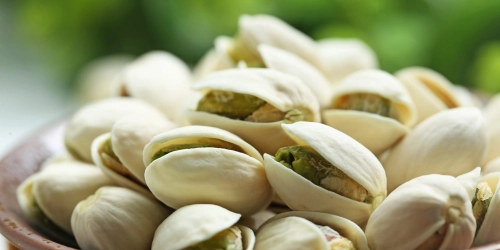
Nutritional Insights
Pistachios are rich in protein, fiber, and antioxidants. They provide potassium, vitamin B6, and lutein, supporting heart health, vision, and stable blood sugar. Regular consumption has been linked to improved cholesterol balance and satiety.
Expert Insights & Culinary Tips
Chefs recommend lightly toasting pistachios before use to enhance aroma. Grinding them into a paste intensifies their creaminess and works as a base for sauces and desserts. Pairing pistachios with floral notes such as rose or saffron elevates their Middle Eastern heritage.
Interesting and Curious Facts
-
Pistachios are called the “smiling nut” in Iran because their shell splits naturally.
-
They have been cultivated for over 7,000 years.
-
In ancient Rome, pistachios were considered a luxury and reserved for the wealthy.
Harm and Dietary Considerations
Excessive consumption may lead to weight gain due to calorie density. Salted pistachios can contribute to high sodium intake. Nut allergies may cause severe reactions and require strict avoidance.
Religious Dietary Considerations
Pistachios are plant-based and permissible in all major religious diets, including kosher, halal, Hindu, and Buddhist traditions.
Final Thoughts & Sensory Journey
Pistachios offer a harmonious blend of sweetness, nuttiness, and subtle earthiness that has captivated cultures for millennia. Their versatility in both desserts and savory dishes, combined with their nutritional value, makes them a nut of timeless appeal.
Resources
-
Shahidi F., Naczk M. Food Phenolics: Sources, Chemistry, Effects, Applications. CRC Press, 2004. ISBN: 9781566763089
-
Katz D. Nuts and Seeds in Health and Disease Prevention. Academic Press, 2011. ISBN: 9780123756886
-
Bailey A.E. Bailey’s Industrial Oil and Fat Products. Wiley-Interscience, 2005. ISBN: 9780471678496
